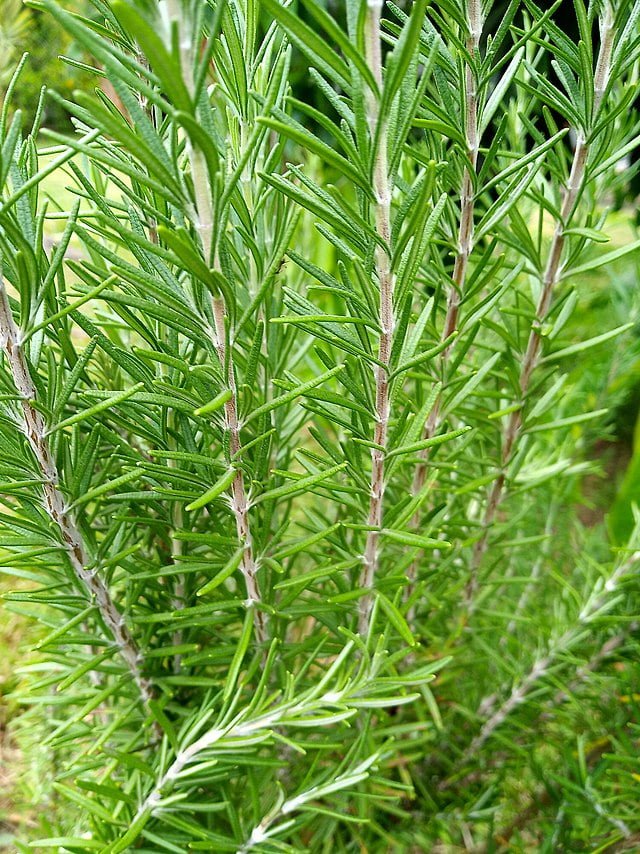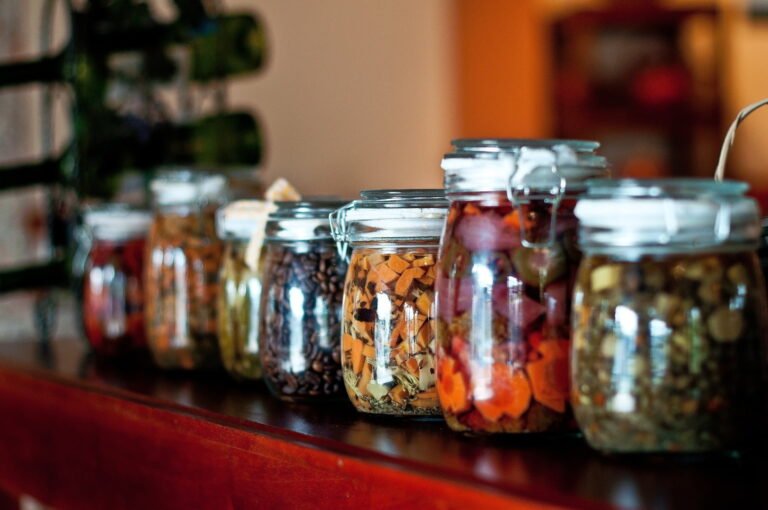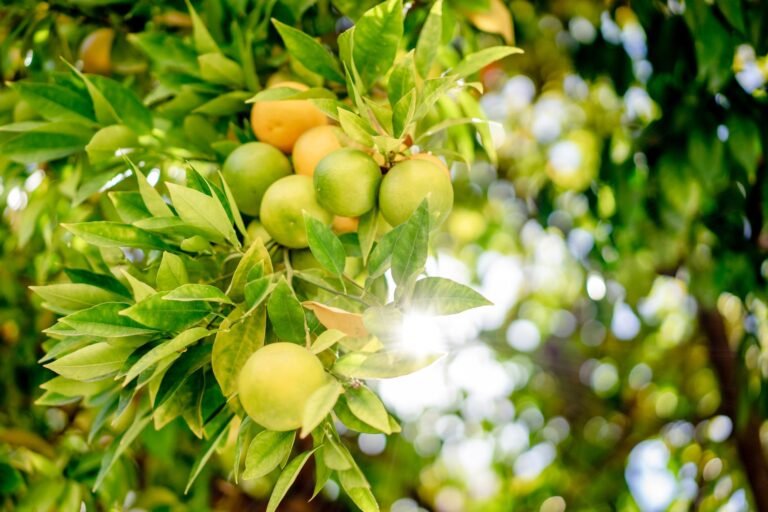Corn Salad: A Guide to Cultivating Winter’s Delicate Green
Corn salad, with its rosettes of dark green, spoon-shaped leaves, is a cool-season favourite among gardeners and chefs alike. Its resilience to cold and unique flavour profile make it a must-have in the vegetable garden, especially in regions with mild winters. Whether you’re looking to diversify your salad greens or extend your gardening season, corn salad is an excellent choice.
Why Grow Corn Salad?
Not only is corn salad a versatile culinary ingredient, but it’s also packed with nutrients, including vitamin C, beta-carotene, and iron. It grows quickly and can sometimes be harvested just five weeks after planting. Additionally, its ability to withstand frosts makes it an ideal crop for winter and early spring harvests.
Selecting Corn Salad Varieties
While there are several varieties of corn salad, they all generally share the same growth habits and flavour. Some notable varieties include:
- ‘Verte de Cambrai’: Known for its hardiness and traditional flavour, this variety is well-suited to colder climates.
- ‘Broad Leaved’: Features larger leaves than other varieties, making it ideal for salads.
- ‘Coquille de Louviers’: Offers small, tender leaves and is highly regarded for its excellent flavour.
Planting Corn Salad
- Timing: Corn salad can be sown directly in the garden from late summer to early fall for a winter harvest or in early spring for a spring harvest. In areas with mild winters, it can also be planted in late winter.
- Soil and Site: Choose a site with well-draining soil and partial shade to full sun. Corn salad prefers a soil pH between 6.0 and 7.0. Enrich the soil with compost or a balanced organic fertilizer before planting.
- Sowing Seeds: Sow seeds ¼ inch deep, spacing them about 2 inches apart. Thin seedlings to 4-6 inches apart once they have a few true leaves. For a continuous harvest, sow seeds every two weeks in the fall.
Caring for Corn Salad
- Watering: Keep the soil consistently moist but not waterlogged. Corn salad does not tolerate drought well.
- Mulching: Apply a thin layer of organic mulch to retain moisture, suppress weeds, and protect the roots from temperature extremes.
- Weeding: Keep the area around corn salad plants free from weeds, which can compete for nutrients and water.
Harvesting Corn Salad
Corn salad can be harvested when the leaves are tender and large enough to eat, typically when rosettes have formed and are about 2-4 inches in diameter. Cut the entire rosette at soil level, or selectively pick outer leaves for a cut-and-come-again harvest.
Using Corn Salad
Corn salad’s mild, nutty flavour makes it an excellent base for salads or a delicate garnish for soups and sandwiches. It pairs well with vinaigrette dressings, citrus, and nuts.
Final Thoughts
Corn salad offers a refreshing green option during the cooler months, adding variety and nutrition to your garden and meals. Its easy care and unique flavour make it a beloved choice for gardeners looking to extend their growing season and chefs seeking to enhance their dishes with its tender leaves.






